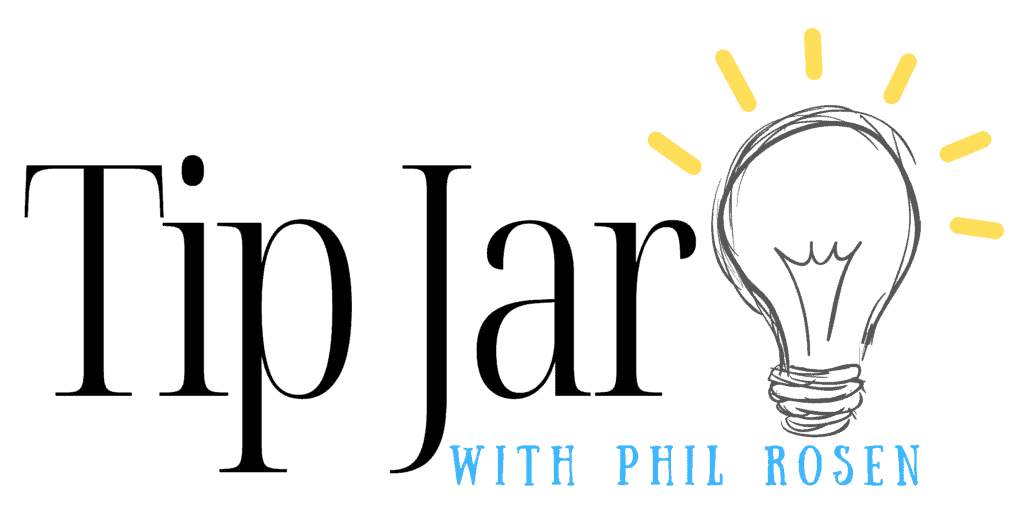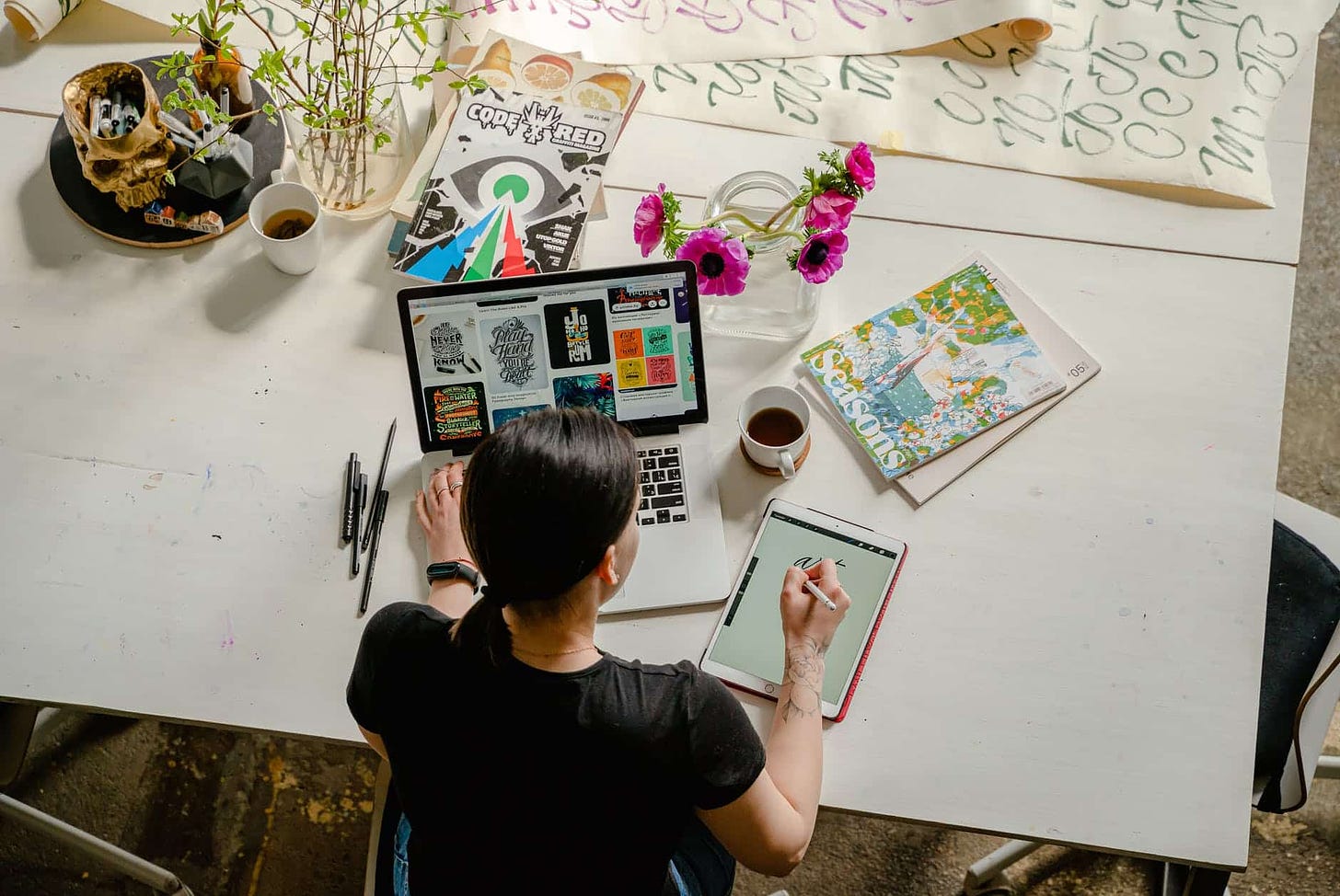
Productivity for Minimalists: 2 keys for consistent great work
These pillars create momentum and ensure great work is accomplished.
Issue #6
|
February 28, 2022
|
Reading time:
5 mins
|


Phil Rosen

Good morning, Tip Jar'ers.
This weekend, I didn't get as much done as I'd planned, so I thought it'd be a good time to establish the two basic work principles that life coaches don't want to give out for free.
Here we go.
Smart, curious people have smart, curious friends. Share this newsletter.
Two productivity pillars to last forever
Online gurus glorify productivity all the time. They claim to know secrets to getting more done in less time.
But I always get skeptical when they try to sell you something because, in reality, productivity can be boiled down to two basic pillars.
Prioritization
Organization
That’s it. These are what allow you to get things done. These pillars create momentum and ensure great work is accomplished.
Prioritization, in particular, can be further split into two parts:
1A. Prioritizing attention
1B. Prioritizing tasks
Prioritizing your attention can be as simple as putting your phone in a different room while you’re working. Or intentionally choosing what to ignore.
Because there’s a limited amount of information you can hold in your attention at a given time, you need to be selective with what you focus on.
Think of a computer screen as the total available space you have to absorb information.
The entire internet is accessible if you want it, but you’d never be able to include all that content on a single screen.
“Your mind is for having ideas, not holding them,” wrote David Allen, the author of the self-help book Getting Things Done.
Figuring out what’s worth ignoring can give us more bandwidth to come up with ideas and more energy to execute.
There’s a finite amount of hours in each day, and spare time is hard to accumulate. Narrowing the scope of your attention, rather than trying to take in everything at once, allows you to focus on the work in front of you.
“If you don’t pay appropriate attention to what has your attention, it will take more of your attention than it deserves,” said Allen.
To prioritize tasks, first distinguish between what’s urgent and what’s important.
Urgency makes us work fast, but sometimes it makes us sloppy and disoriented.
It can take us away from our most vital projects.
Urgent tasks often require small, one-off efforts that don’t have a long-term impact. Minimizing these urgent tasks is what frees up time and attention for deeper, high-impact work.
Write down all your tasks for work or school, then rank them from most important to least important.
Decide if their "importance” is based on the task’s impact or a deadline.
This can reveal whether your time is spent racing a schedule, or if you’re doing the most effective, bang-for-your-buck work.
See what tasks you can delete, ignore, or delegate.
Cleaning things up can be the simplest way to get more done — organization, in other words.
Eliminating debris and minimizing snags can sometimes yield the biggest gain in productive energy.
Often, it isn’t the way you’re working that’s slowing you down, it’s the amount of clutter you have to slog through.
In his book, Allen noted that most people feel best about their work the week before a vacation — and it’s not because of the paid time off.
Before trips, people usually clean up, close out deals, clarify engagements, and set their things in order.
What if you did this every week, instead of once or twice a year?
— Phil
Follow me:


From the Archives
Ignore hesitations and learn how to start something.
Don't make exhaustion your status symbol. Focus on this instead.
The work you do matters more than you think - and not just for your bank account
Tip Jar Recs
Something quirky: In a way, science categorizes love as a form of human bribery. (Nautilus)
Something different: Ben Stiller sees the world differently now. (Esquire)
Something encouraging: The fascinating, complicated sense of family within the restaurant industry. (Taste)
Feedback? Reply to this email, or message me on Twitter or Instagram.
Sign up for Tip Jar if you haven't already, and feel free to share this with a friend.
You can read this newsletter online here. You can read last week’s edition here.
Photo by Anete Lusina on Pexels.com









